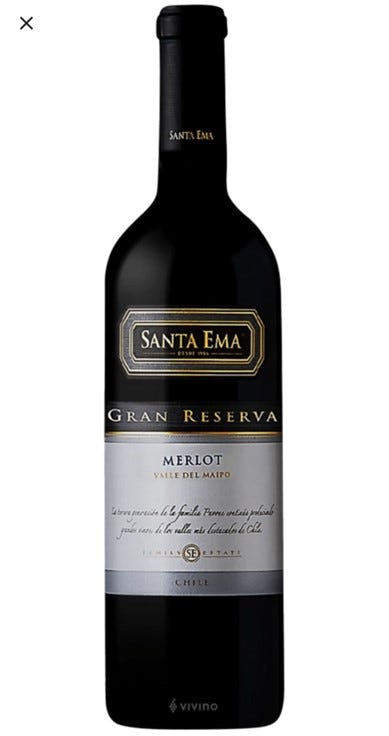Whole World in our Hands!
well ok ...in our glass!

Welcome to my first Substack post.
While previously writing on a different medium, I talked about different styles of rosé (light vs. darker colored) and different styles of whites (fruity vs. minerally) even delved a little deeper in different styles of Chardonnay (light vs full body). But how do we categorize reds? At the store, I always start by asking customers: “Do you typically drink old-world (European) or new world wines?”
Why? 🤔
Because it typically determines what style they are attracted to in reds.🍷
Imagine an earthy vs. fruity continuum, with new-world (fruity) vs. old-world (earthy) at either ends. These are generalizations, as the old-world now makes new-world style wines and vice versa, but it helps understand the style preferences.
Generally speaking, old-world wine style is not overtly fruity, nor does it possess prominent oak flavors while for new world wine style the opposite is true: it tends to be fruit forward, particularly ripe fruit, with prominent oak characteristics (vanilla and coconut).🥥
Source: Vivino
An example of a huge bang for your buck 💵 new-world style wine is the 2018 Santa Ema Gran Reserve Chilean wine from the Maipo Valley. In my tasting notes, I wrote many notes of ripe fruit: ripe strawberry, 🍓 ripe raspberry, blueberries followed by many oak flavors: charred wood, chocolate, 🍫 cedar.
In comparison, an old-world wine’s tasting notes would typically not emphasize that the fruit is ripe and any comment on oak flavors maybe further characterized by “hints of” to indicate they are in the background. It would likely also have notes of wet leaves, earth, or forest floor.
I found the Santa Ema Gran Reserve in AB, (unsure of year):
Hankering for some travel? You can start with a glass of red!


